Varicose veins can be unsightly and uncomfortable. This guide provides advice on treatment options and self-care strategies to help manage their symptoms effectively.
ADVERTISEMENT
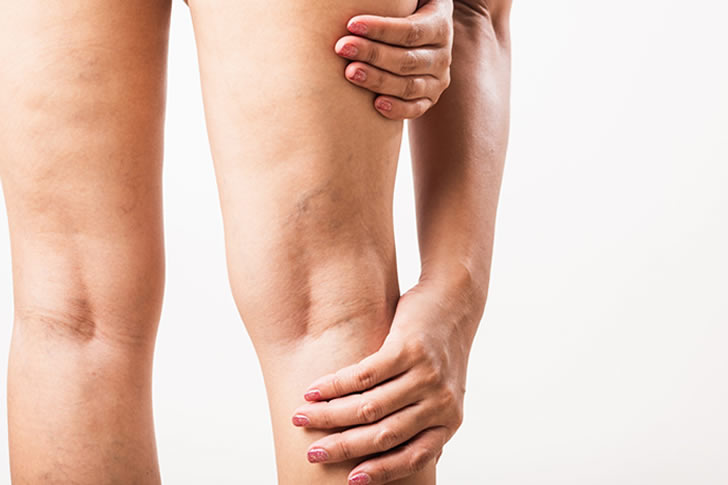
Varicose veins are enlarged, twisted veins that commonly appear on the legs and feet. They occur when the valves within the veins, which help regulate blood flow, become weak, causing blood to pool.
Several factors can contribute to the development of varicose veins. These include:
Common symptoms include:
Several medical interventions can be employed to treat varicose veins effectively.
This involves injecting a solution directly into the affected veins, causing them to collapse and fade away. It's minimally invasive and typically effective for smaller veins.
Laser treatments use light energy to close off varicose veins. This method is less invasive than surgery and is often effective for spider veins and small varicose veins.
This treatment uses radiofrequency or laser to heat and close diseased veins through a small incision. It's minimally invasive and usually has a quick recovery time.
In more severe cases, surgery to remove the vein may be necessary. This involves tying off and removing the affected veins through small incisions.
A foam solution is injected into larger varicose veins to close them off. It’s often used for veins that are too large for simple sclerotherapy.
Adopting self-care strategies can alleviate symptoms and prevent the condition from worsening.
Engage in activities like walking, swimming, or yoga, which can improve circulation. Exercise helps the veins move blood more efficiently, reducing pressure build-up.
Elevate your legs above heart level for 15-20 minutes several times a day. This helps reduce swelling and improves blood flow by allowing gravity to assist in circulation.
Compression stockings provide gentle pressure to promote proper blood flow and prevent swelling. They are particularly useful if your job requires prolonged standing or sitting.
Excess weight puts added pressure on your veins. A balanced diet and regular exercise can help you maintain a healthy weight and reduce the burden on your legs.
Move around regularly if your activity involves prolonged sitting or standing. Taking short walks or doing leg raises can keep the blood circulating well in your legs.
Incorporate foods rich in fiber to prevent constipation, which can place added pressure on veins. Additionally, foods high in vitamin C can improve vein health by keeping them strong and flexible.
Although self-care strategies can manage symptoms, professional evaluation is crucial if:
Dealing with varicose veins can also take a toll on your mental health. If you find yourself feeling self-conscious or anxious about your condition, consider speaking to a healthcare professional or therapist.
While varicose veins can be bothersome, effective treatments and self-care strategies can help manage symptoms and improve your quality of life. Consult with your healthcare provider for personalized advice tailored to your needs.
By combining professional treatments with proactive self-care, you can manage varicose veins effectively and lead a more comfortable life.
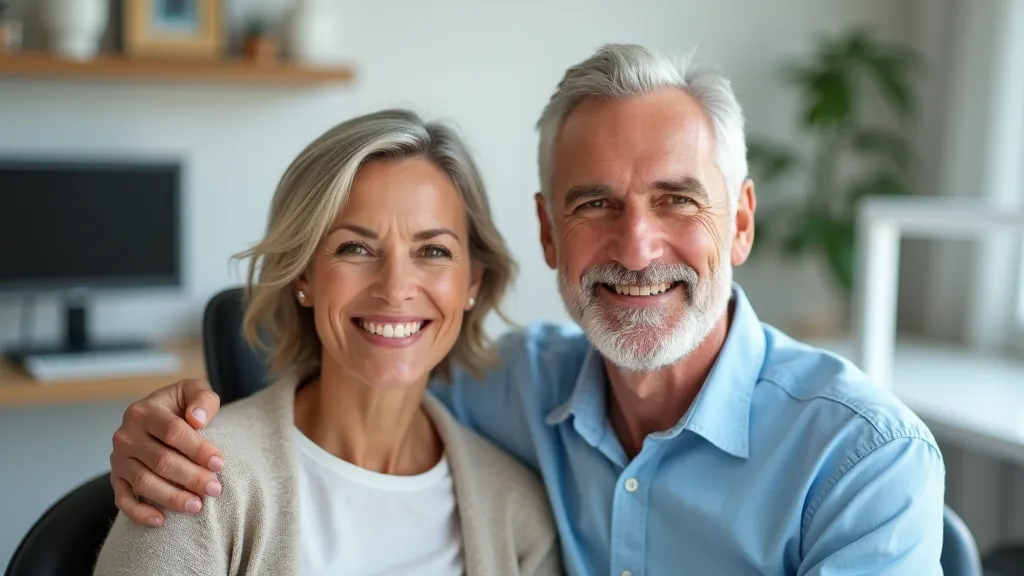
Discover how to get affordable full dental implants in one day, including grants and tips for seniors.
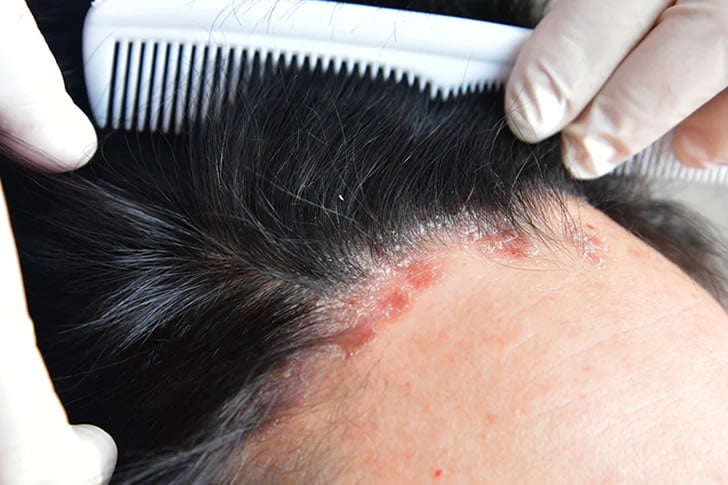
Plaque psoriasis is a chronic skin condition. Understanding its symptoms and exploring available treatment options can help manage the condition more effectively.

Explore financing solutions for dental implants and clinical trial opportunities when facing dental health issues.
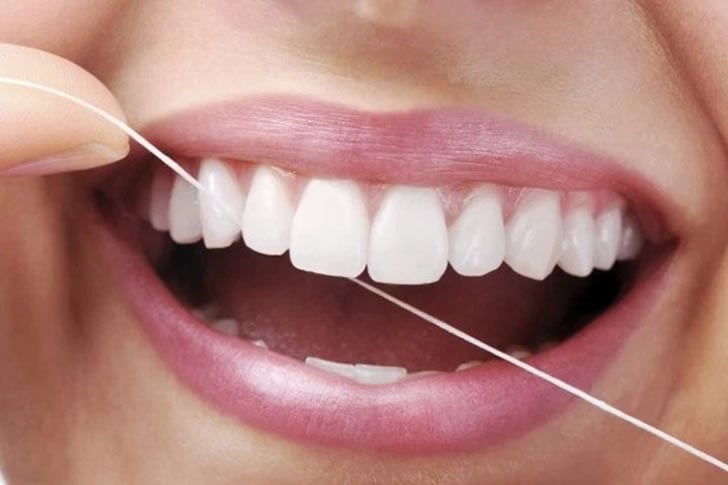
As we age, dental health becomes increasingly important, yet it often becomes more challenging to maintain. This guide aims to help seniors find affordable dental treatments.
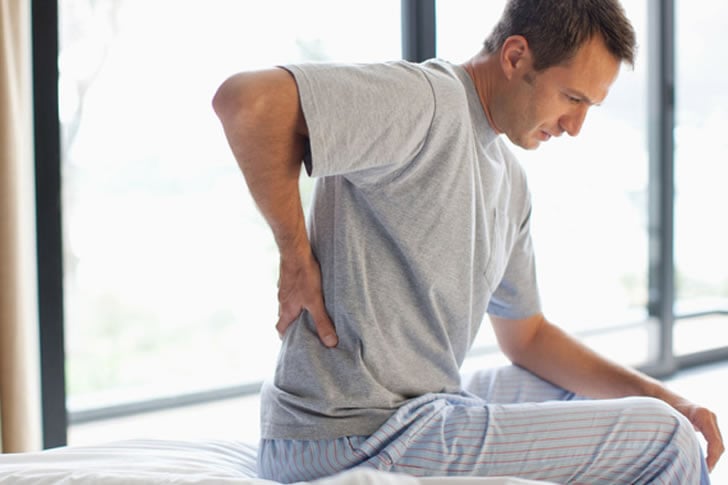
Renal impairment and kidney disease require careful management and effective treatment to maintain health and quality of life.
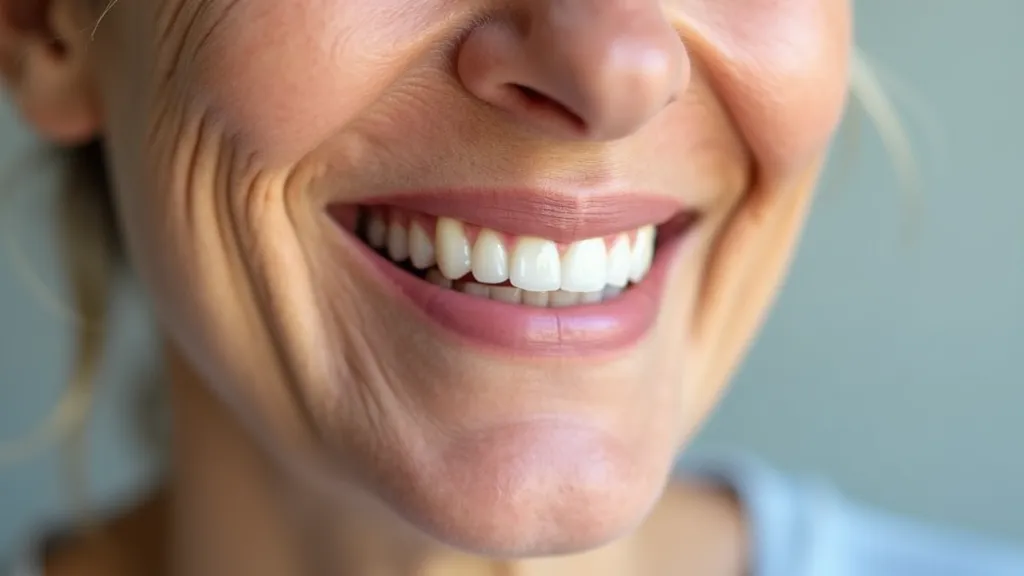
Explore affordable dental implants for seniors, funding options, and Medicare dental plans for long-lasting smiles.
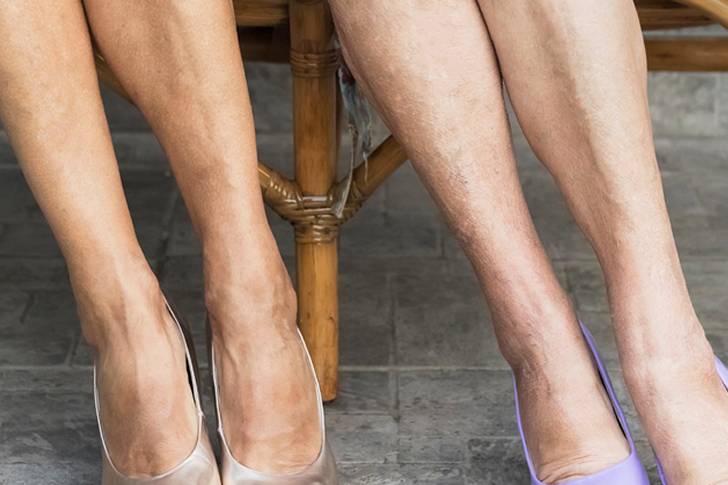
Varicose vein treatment can enhance appearance and relieve discomfort. Here, we explore various treatments, their associated costs, and potential risks.
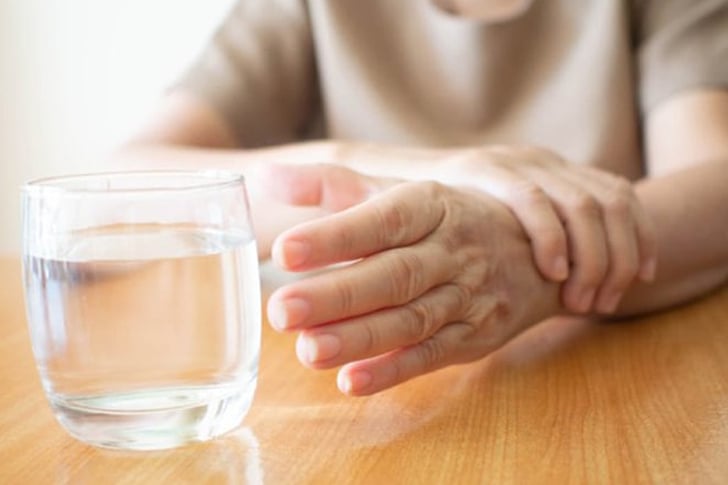
Tardive Dyskinesia, often abbreviated as TD, is a movement disorder characterized by involuntary, repetitive body movements. This guide will help you understand its symptoms and explore available treatment options.